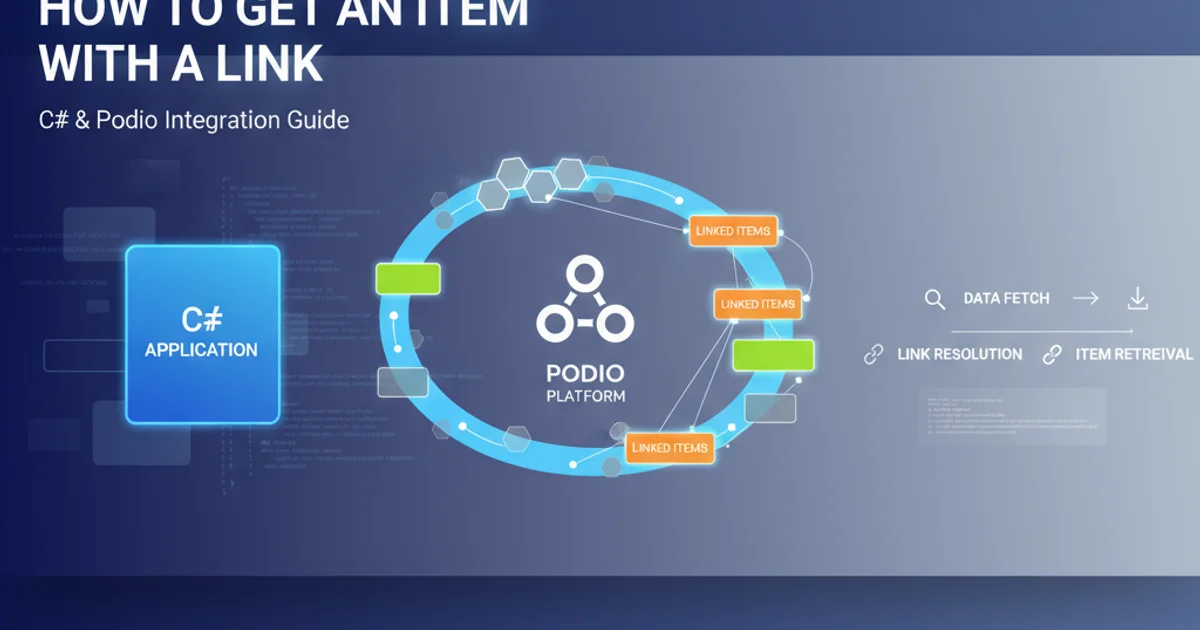Relative imports in Python 3
Categories:
Mastering Relative Imports in Python 3

Understand and effectively use relative imports in Python 3 to organize your projects, avoid common pitfalls, and write cleaner, more maintainable code.
Relative imports in Python 3 are a powerful mechanism for organizing code within a package. They allow modules to reference other modules within the same package without needing to specify the full absolute path from the project root. This approach enhances modularity, makes code more portable, and simplifies refactoring. However, understanding their nuances, especially when dealing with different levels of hierarchy, is crucial to avoid common ImportError exceptions. This article will guide you through the principles of relative imports, demonstrate their usage with practical examples, and provide best practices for structuring your Python projects.
Understanding Absolute vs. Relative Imports
Before diving into relative imports, it's important to distinguish them from absolute imports. Absolute imports specify the full path to a module from the top-level package directory. They are generally preferred for clarity and when importing modules from external libraries or different top-level packages.
Relative imports, on the other hand, specify the path relative to the current module's location within its package. They are denoted by leading dots (.) which indicate the current package or parent packages. This makes them ideal for internal package communication.
# Absolute Import Example
import my_package.sub_package.module_a
from my_package.sub_package import module_b
# Relative Import Example (from my_package.sub_package.module_c)
from . import module_a # Imports module_a from the same directory
from . import module_b # Imports module_b from the same directory
from .. import common_utils # Imports common_utils from the parent directory (my_package)
Comparison of absolute and relative import syntax.
flowchart TD
A[Start Module: `my_package/sub_package/module_c.py`]
B["Absolute Import: `import my_package.sub_package.module_a`"]
C["Relative Import (same level): `from . import module_a`"]
D["Relative Import (parent level): `from .. import common_utils`"]
A --> B
A --> C
A --> D
B --> E[Accesses `module_a` via full path]
C --> F[Accesses `module_a` within `sub_package`]
D --> G[Accesses `common_utils` within `my_package`]Visualizing absolute vs. relative import paths from a module.
Types of Relative Imports
Python offers different ways to specify relative imports, primarily using dots to indicate the relative depth:
- Single Dot (
.): Refers to modules within the current package (same directory as the importing module). - Double Dots (
..): Refers to modules in the parent package (one directory up from the current module). - Triple Dots (
...) and more: Refers to modules in grandparent packages (two directories up) and so on. Each additional dot moves one level higher in the package hierarchy.
It's crucial to remember that relative imports only work when the Python file is part of a package, meaning it resides in a directory containing an __init__.py file. Attempting a relative import from a script run directly (not as part of a package) will result in a ModuleNotFoundError or ImportError because Python cannot determine the package context.
# Project Structure:
# my_project/
# ├── __init__.py
# ├── main.py
# ├── package_a/
# │ ├── __init__.py
# │ ├── module_x.py
# │ └── sub_package_b/
# │ ├── __init__.py
# │ └── module_y.py
# └── utils/
# ├── __init__.py
# └── helper.py
# Inside package_a/sub_package_b/module_y.py:
# Relative import from same level (module_y.py -> module_x.py is NOT possible directly with .)
# This would be: from ..module_x import some_function
# Relative import from parent package (sub_package_b -> package_a)
from ..module_x import some_function_from_x
# Relative import from grandparent package (sub_package_b -> my_project/utils)
from ...utils.helper import another_function_from_helper
# Example usage (assuming functions exist)
some_function_from_x()
another_function_from_helper()
Demonstrating different levels of relative imports within a sample project structure.
__init__.py file and is run directly), Python will raise an ImportError because it cannot determine the package context. Always ensure your code is structured as a package when using relative imports.Best Practices and Common Pitfalls
While relative imports offer flexibility, they come with certain considerations:
- Use Absolute Imports for External Libraries: Always use absolute imports for modules outside your immediate package or for standard library modules. This improves clarity and avoids ambiguity.
- Avoid Excessive Relative Depth: If you find yourself using
....or more dots, it might be a sign that your package structure is too deep or that the modules are too tightly coupled. Consider refactoring your package layout. - Running Modules Directly: A common pitfall is trying to run a module that uses relative imports directly (e.g.,
python my_package/sub_package/module_y.py). This will fail because Python doesn't recognizemodule_y.pyas part of a package in this context. Instead, run the top-level script (e.g.,python my_project/main.py) or usepython -m my_package.sub_package.module_yifmy_projectis on yourPYTHONPATH. __init__.pyis Key: Remember that any directory intended to be a Python package must contain an__init__.pyfile (even if empty) for relative imports to function correctly. This file signals to Python that the directory should be treated as a package.
graph TD
A[Module `X` in `package_a`]
B[Module `Y` in `package_a.sub_package_b`]
C[Module `Z` in `package_a.sub_package_b.sub_sub_package_c`]
A -- "`from . import module_sibling`" --> A_sibling[Sibling Module in `package_a`]
B -- "`from . import module_sibling`" --> B_sibling[Sibling Module in `package_a.sub_package_b`]
B -- "`from .. import module_parent`" --> A
C -- "`from . import module_sibling`" --> C_sibling[Sibling Module in `package_a.sub_package_b.sub_sub_package_c`]
C -- "`from .. import module_parent`" --> B
C -- "`from ... import module_grandparent`" --> AIllustrating relative import paths across different package depths.
flake8 or pylint with import-related checks. They can help identify potential issues with import statements, including those related to relative imports, and enforce consistent style.